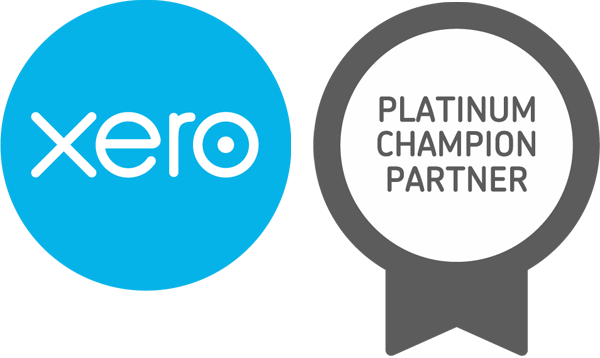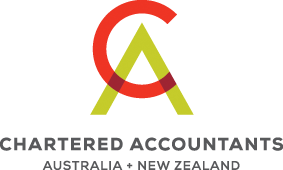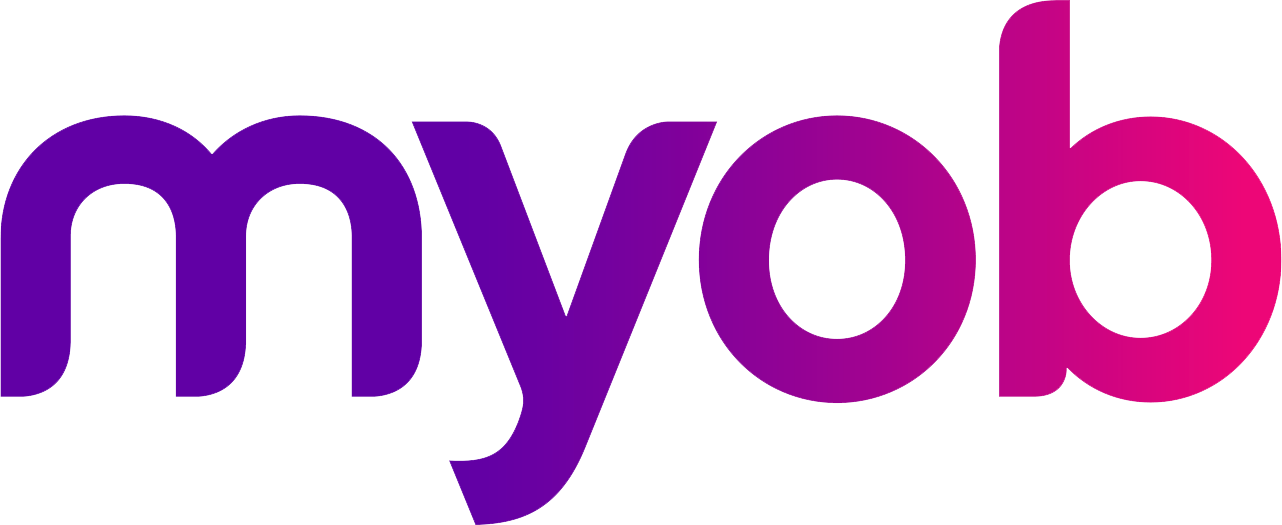Victoria's New Short Stay Levy: What It Means for Short-Term Rental Hosts and Property Owners
Victoria's New Short Stay Levy: What It Means for Short-Term Rental Hosts and Property Owners
In a move to boost affordable housing, Victoria is introducing a 7.5% short stay levy effective January 1, 2025. This levy targets short-term rentals booked for less than 28 days, including holiday homes, apartments, and guest units, regardless of the booking platform or direct arrangement. Here’s a comprehensive look at the levy’s impact, the responsibilities for hosts and property managers, and the specific guidelines surrounding its implementation.
Why a Short Stay Levy?
The new short stay levy has been established to address Victoria's housing affordability issues. Funds collected from this levy will go directly towards affordable housing projects managed by Homes Victoria. With the housing market’s tight supply and rising costs, especially in metropolitan and popular tourist areas, this initiative is set to generate additional resources to benefit the broader Victorian community.
What Properties Are Affected?
The levy applies to a broad range of properties used for short-term stays under 28 days, including:
Entire homes or apartments: Vacation rentals of full properties.
Guest units on residential land: Self-contained units separate from the main dwelling.
Private room/s in a house: where the house is not a person’s primary residence
Hotels, motels, and other types of commercial lodgings are exempt, as are stays within a primary residence. This means if a homeowner rents out a spare room in their primary residence, it won’t fall under the levy requirements. This structure aims to focus the levy on properties exclusively dedicated to short-term rentals, which often contribute to the decrease in long-term rental availability in the state.
Host Responsibilities and Compliance
Property owners and managers need to be aware of their responsibilities under the new levy:
Registration Requirement: Hosts must register properties with the State Revenue Office (SRO) if they fall under the levy’s scope, no later than 30 days after the return period. If collecting less than $75,000 in total booking fees in a calendar year, you will need to lodge and pay annually. If great than the $75,000 threshold, your return periods will be quarterly – 1 January, 1 April, 1 July and 1 September.
Levy Collection and Payment: The 7.5% levy applies to the total accommodation cost for each booking under 28 days. Hosts are responsible for accurately calculating and remitting the levy, whether bookings are managed directly or through platforms like Airbnb or Stayz.
Reporting Requirements: To maintain compliance, hosts will likely need to report rental income related to short stays regularly, documenting stays and levy payments for accuracy and transparency. Failing to comply could lead to penalties, so ensuring proper systems and records are essential.
Key Considerations for Short Stay Hosts
For those operating short-term rentals in Victoria, it’s important to consider the levy’s impact on pricing and booking processes:
Pricing Adjustments: Hosts may consider adjusting nightly rates to incorporate the additional cost of the levy. Transparent communication in listings and booking details can help maintain trust with guests.
Impact on Demand: While the levy’s ultimate effect on demand remains to be seen, understanding the financial commitment involved is crucial for short stay hosts, especially as this initiative is aimed at reducing the number of homes solely used for short-term rentals.
Potential Exemptions and Reductions: The SRO has specified that only properties entirely dedicated to short-term rentals fall under this levy. This could encourage homeowners to explore alternative approaches, such as long-term rentals or renting out a room within their primary residence, which are exempt.
Transitional Arrangements
To assist with the introduction of this levy, transitional rules mean the short stay levy will only apply to bookings made on or after 1 January 2025.
Bookings made before 1 January 2025 but the stay occurs after this date will not be included when calculating the levy.
Preparing for the January 1, 2025 Implementation
With the levy going into effect at the start of the new year, hosts have a few months to get their systems and processes in place. Here are some steps to consider:
Review Property Listings: Clarify pricing and booking terms, updating descriptions to reflect the new levy if it impacts the final cost for guests.
Stay Updated on SRO Guidelines: As January 2025 approaches, the SRO is expected to provide further details to support hosts and answer common questions.
Evaluate Financial Projections: Factoring the levy into financial planning is essential, especially for hosts who rely on short-term rentals as a significant income source.
Final Thoughts
The introduction of Victoria’s short stay levy represents a significant step in addressing the state’s housing issues. As it rolls out, staying informed and compliant will be crucial for property owners to avoid fines and ensure a smooth transition. This levy not only brings a change in the financial landscape for short-term rentals but also highlights Victoria’s commitment to improving housing accessibility.
For more details, including registration steps and levy-specific guidelines, visit the official SRO Victoria page on the short stay levy.
Contact Stacey Shelden or your tax advisor at CoggerGurry for assistance. T: (03) 5571 0111
Source:
State Revenue Office website









